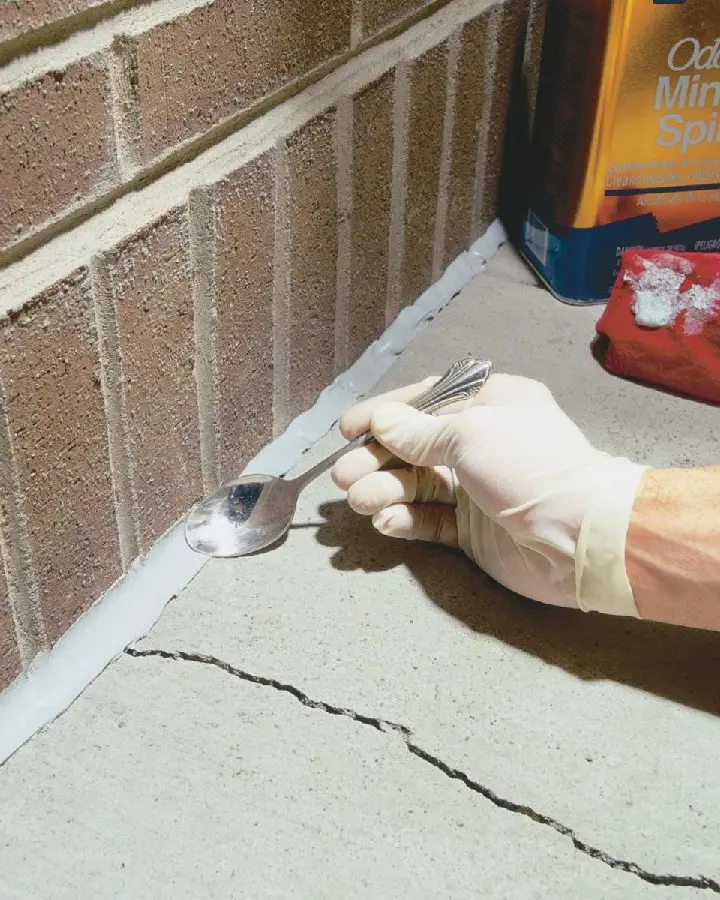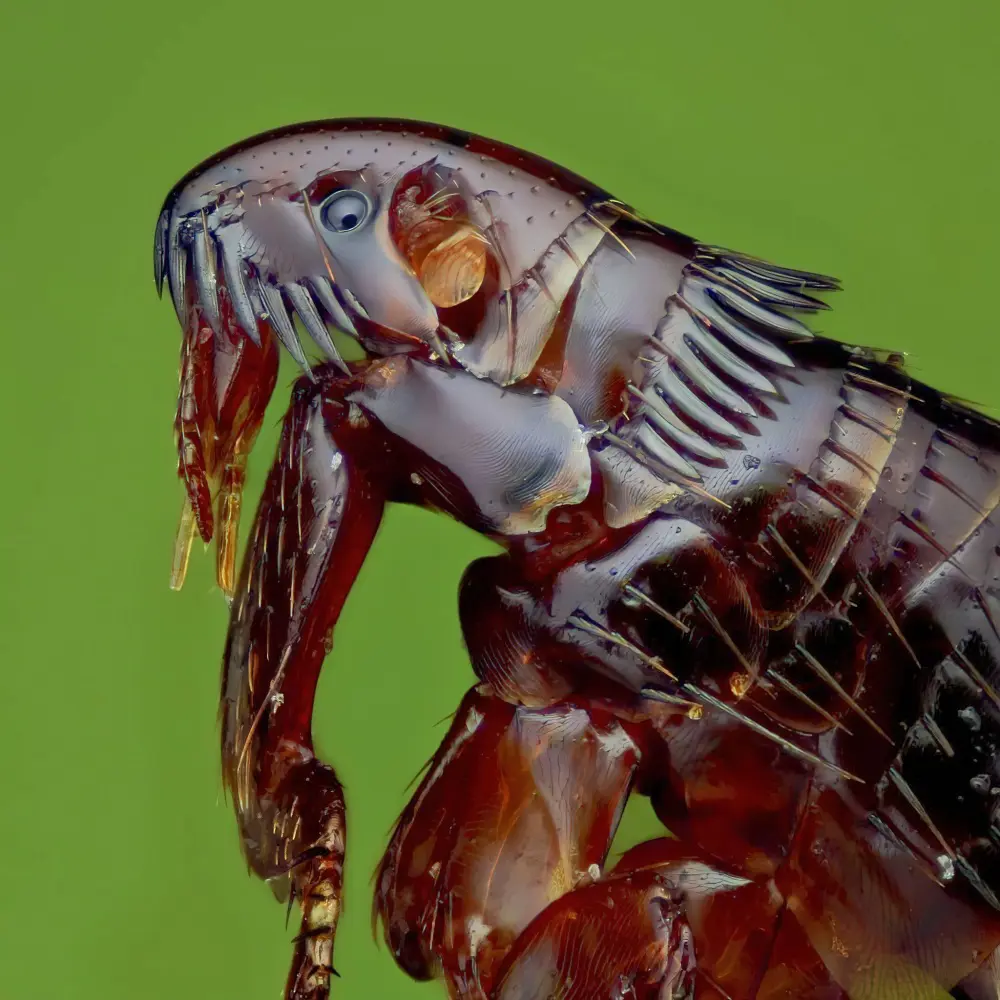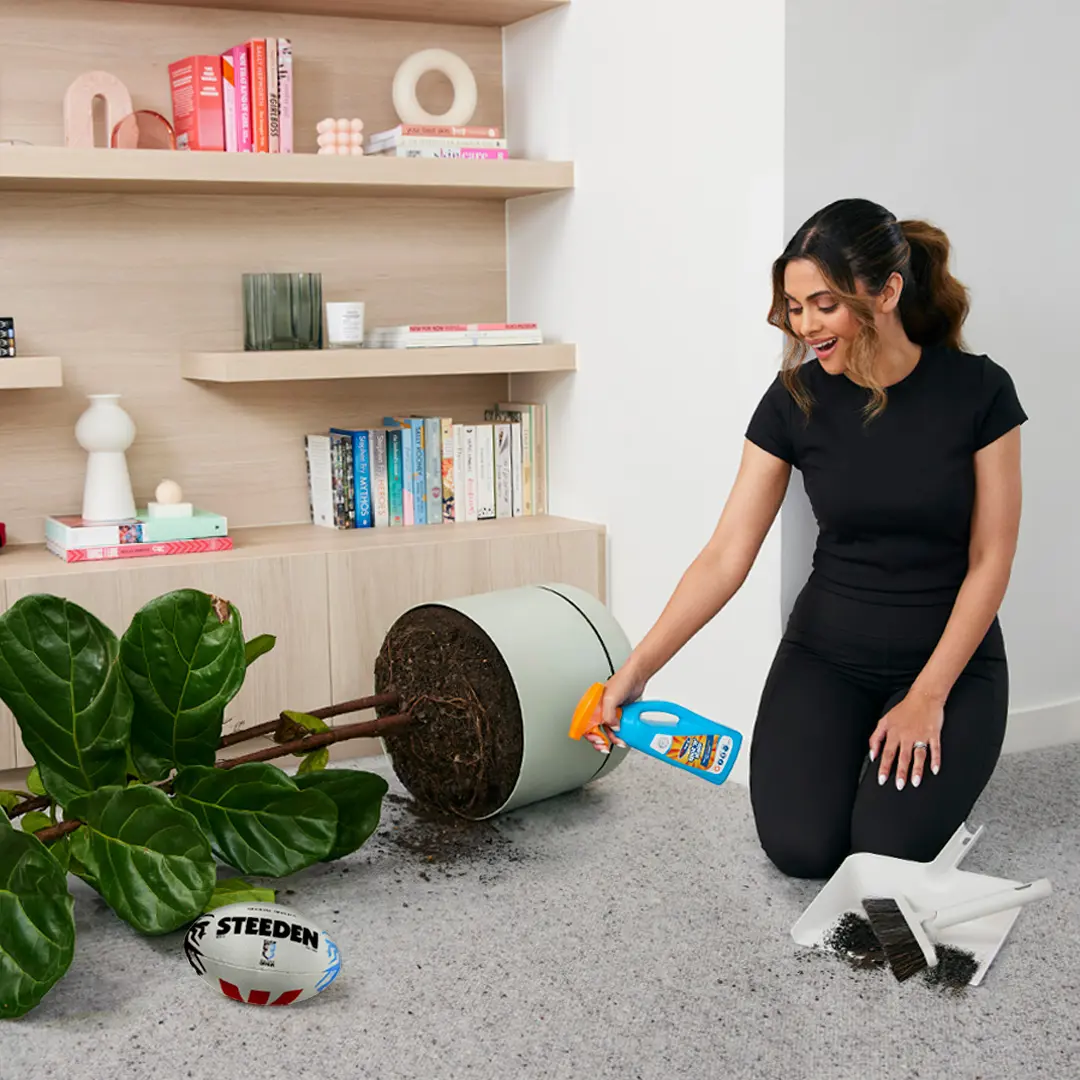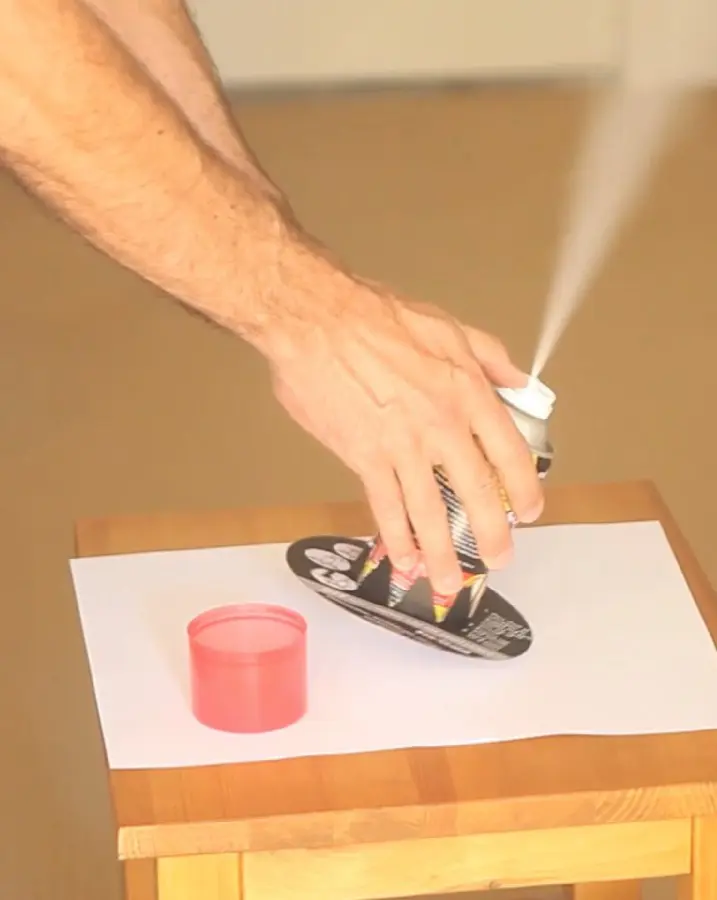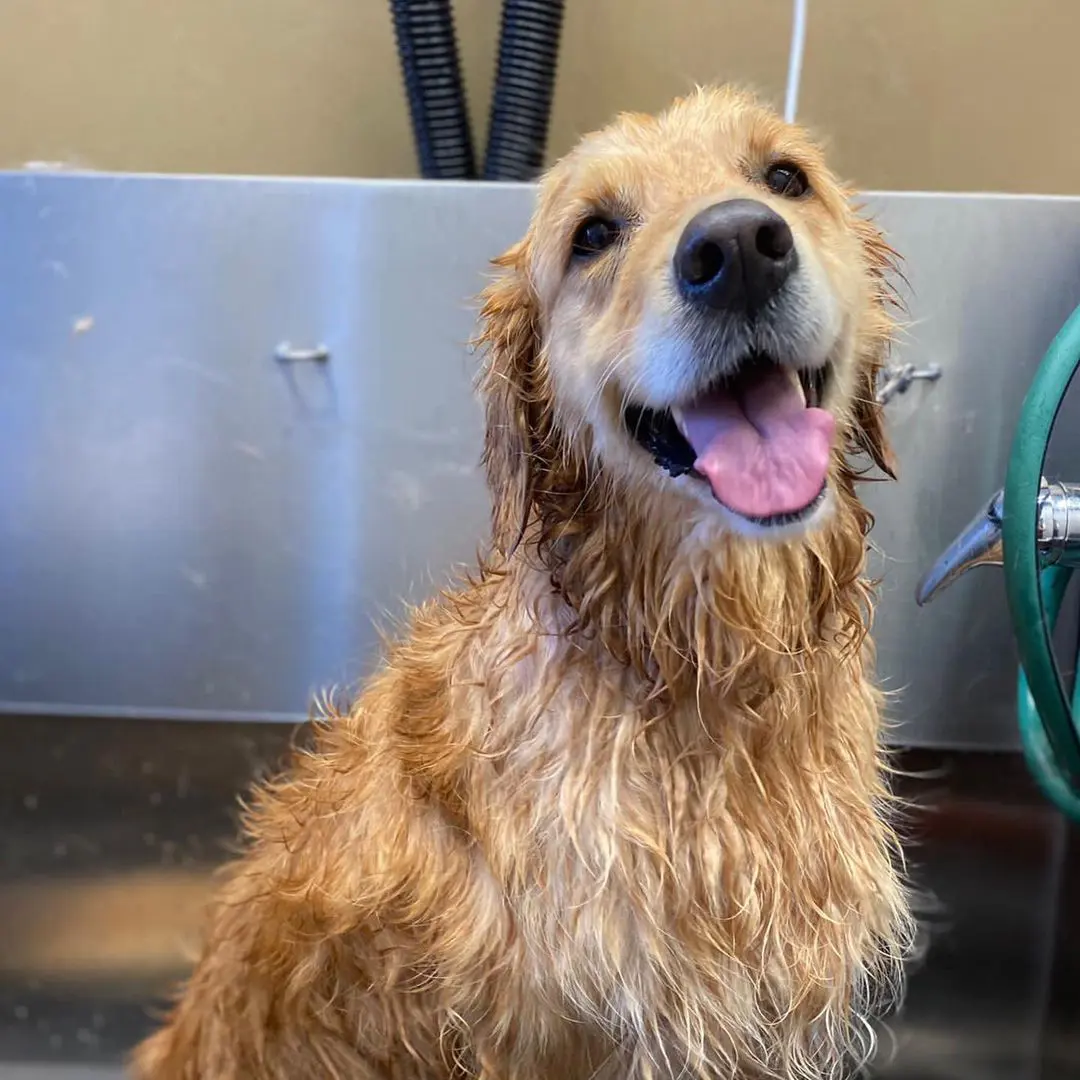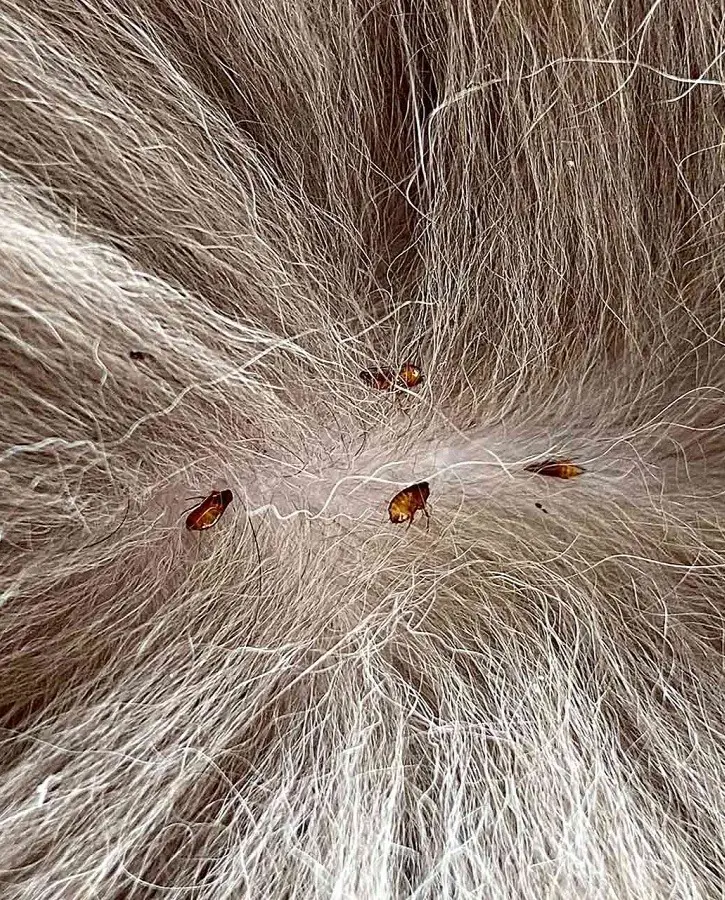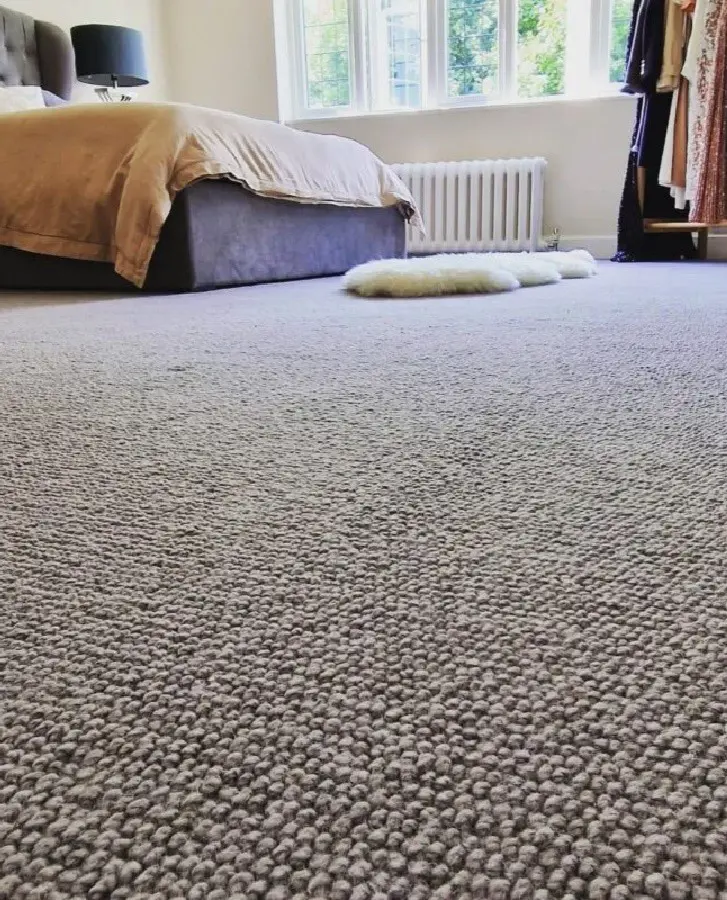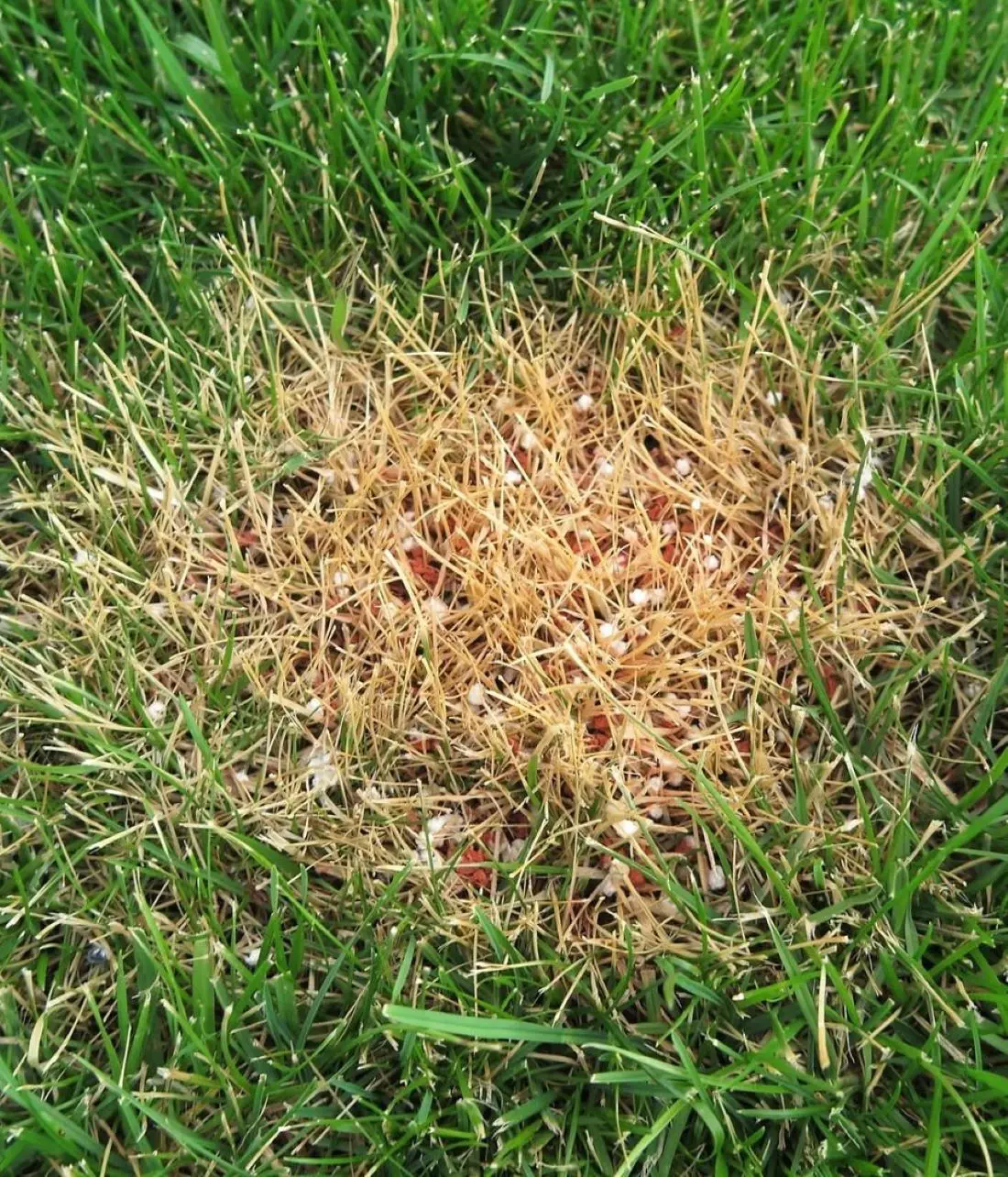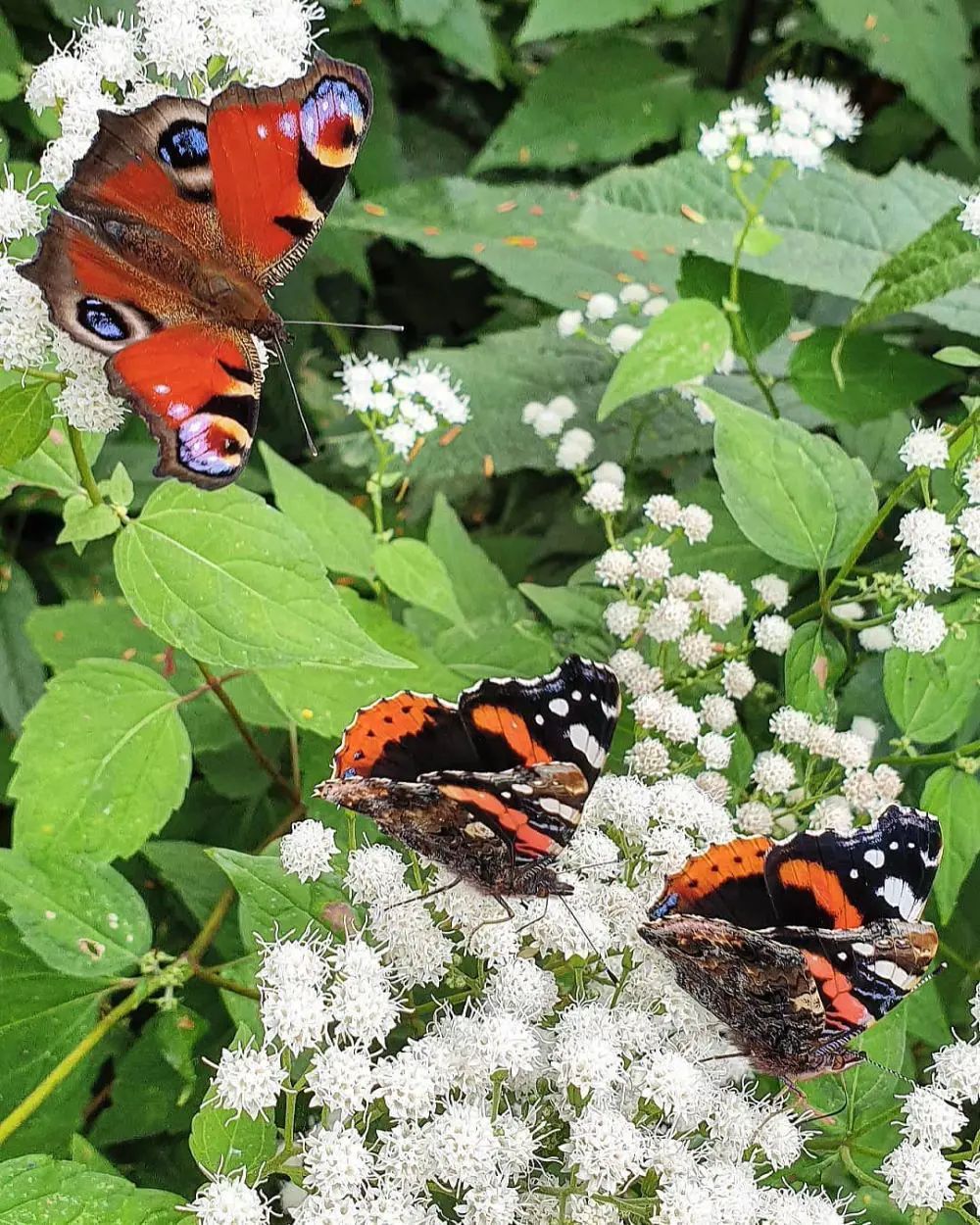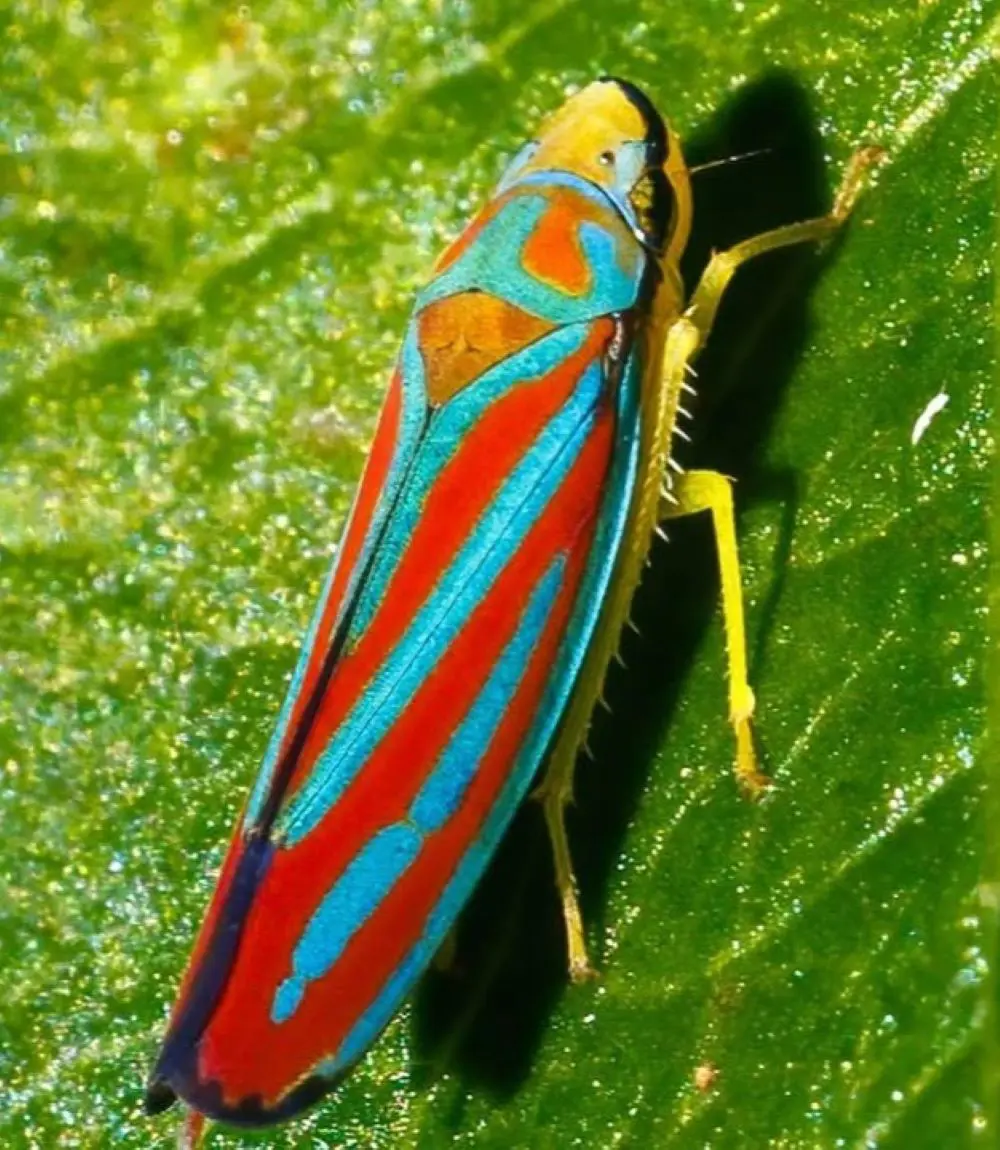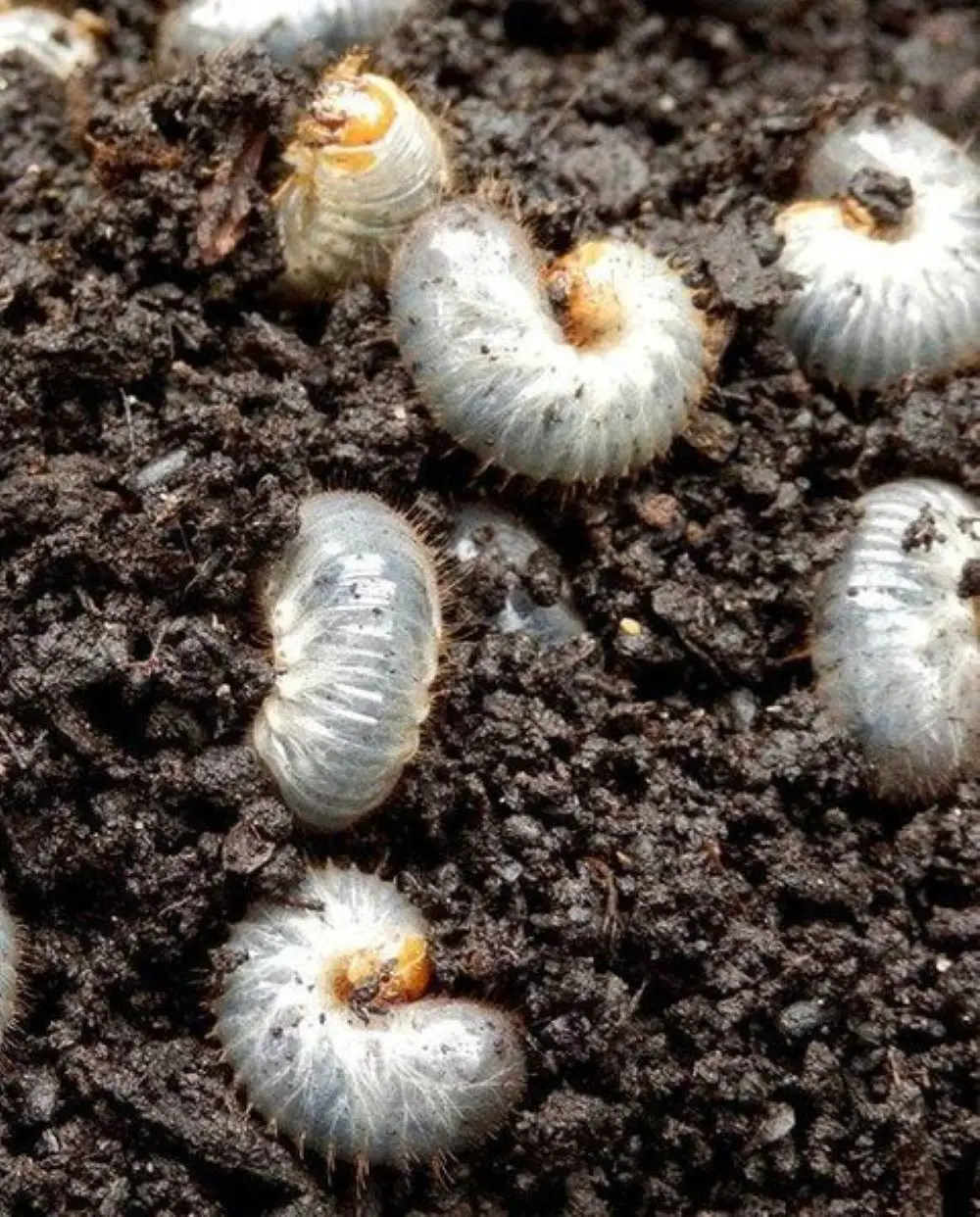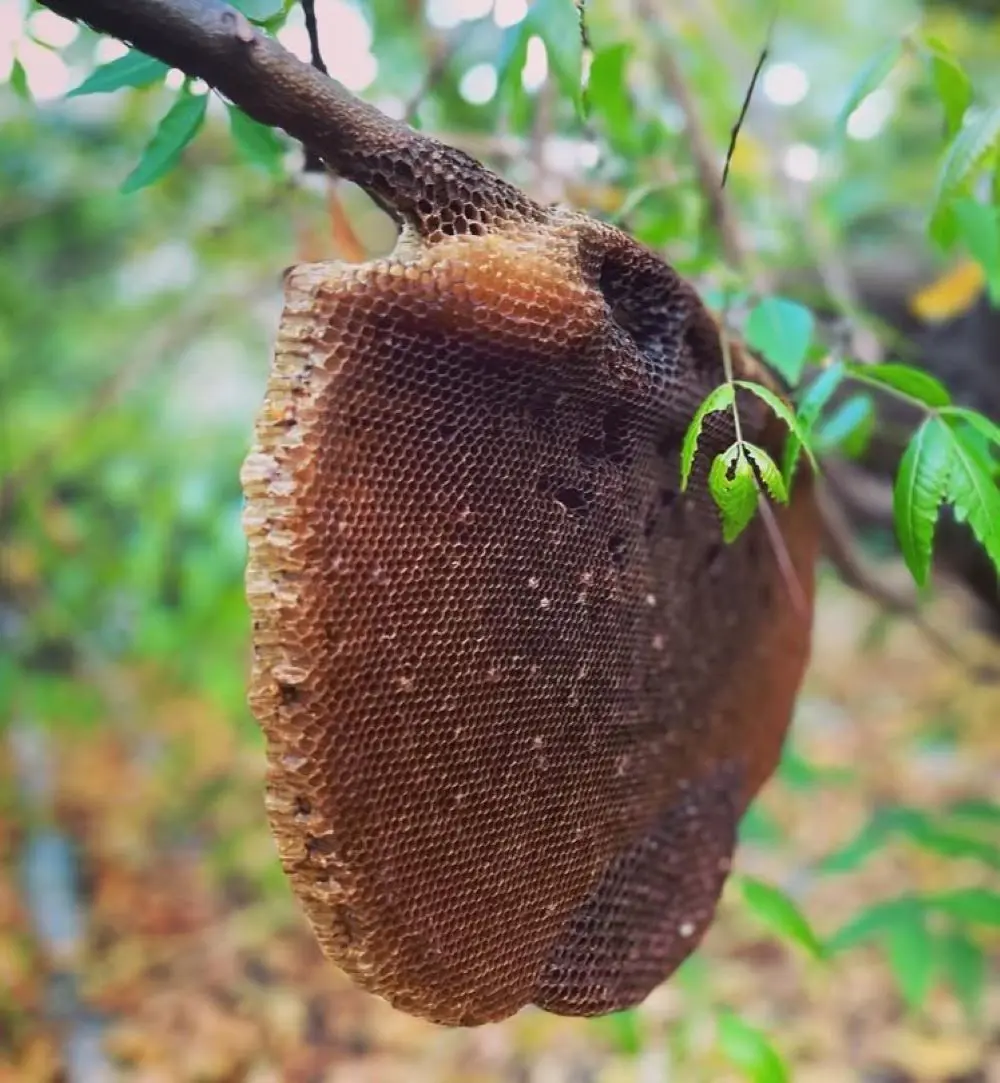If your pet is infested with fleas and you let them on your bed, it is probably infested with fleas. Here is how to get rid of fleas in bed.
3. Wash Bedding Thoroughly
Take off all the sheets, pillowcases, blankets, and mattress covers. Wash everything at your washing machine's hottest setting (at least 130°F).
The heat will kill the fleas and their eggs. Then dry them on high heat to finish killing any fleas that might still be alive.
4. Vacuum Your Mattress
Washing your sheets is not enough. When you were removing the sheets, the fleas probably escaped and hid in your mattress. Therefore, you need to clean by vacuuming.
Use a vacuum cleaner with a powerful suction and a crevice tool to reach into seams and corners. Vacuum the entire mattress, including the top, bottom, and sides.
Pay special attention to seams, edges, and tufts where fleas like to hide. Be thorough with it cause if you miss any, reinfestation is likely.
Vacuum your mattress multiple times if you have a severe infestation. After vacuuming, seal the vacuum bag immediately in a plastic bag and dispose of it outside to prevent fleas from escaping.
5. Steam Clean Your Mattress
Using a steam cleaner on your mattress is an effective way to eliminate any remaining fleas or their eggs. The high temperature of the steam kills fleas, larvae, and eggs on contact.
Start by thoroughly vacuuming your mattress to remove as many fleas and debris as possible. Then, run the steam cleaner slowly over the entire surface of the mattress, paying special attention to seams, edges, and any tufts where fleas might hide. Steam can penetrate deep into the mattress, ensuring that fleas are killed even in hard-to-reach areas.
6. Inspect and Treat Your Box Spring
The box spring is often an overlooked area where fleas can hide and breed. Begin by inspecting your box spring for signs of fleas, such as small black specks (flea dirt) or tiny jumping insects.
Remove the box spring from the bed frame and vacuum it thoroughly, using a vacuum attachment to get into all the nooks and crannies. For added protection, consider using a flea spray or powder specifically designed for furniture, following the manufacturer's instructions carefully.
7. Prevent Future Infestations
Preventing future flea infestations involves a combination of regular cleaning and protective measures. Start by washing all your bedding, including sheets, pillowcases, blankets, and mattress covers, in hot water at least once a week.
The high temperature kills any fleas or eggs that may be present. In addition to washing your bedding, vacuum your mattress, box spring, and the surrounding areas regularly to remove any potential flea eggs or larvae.
